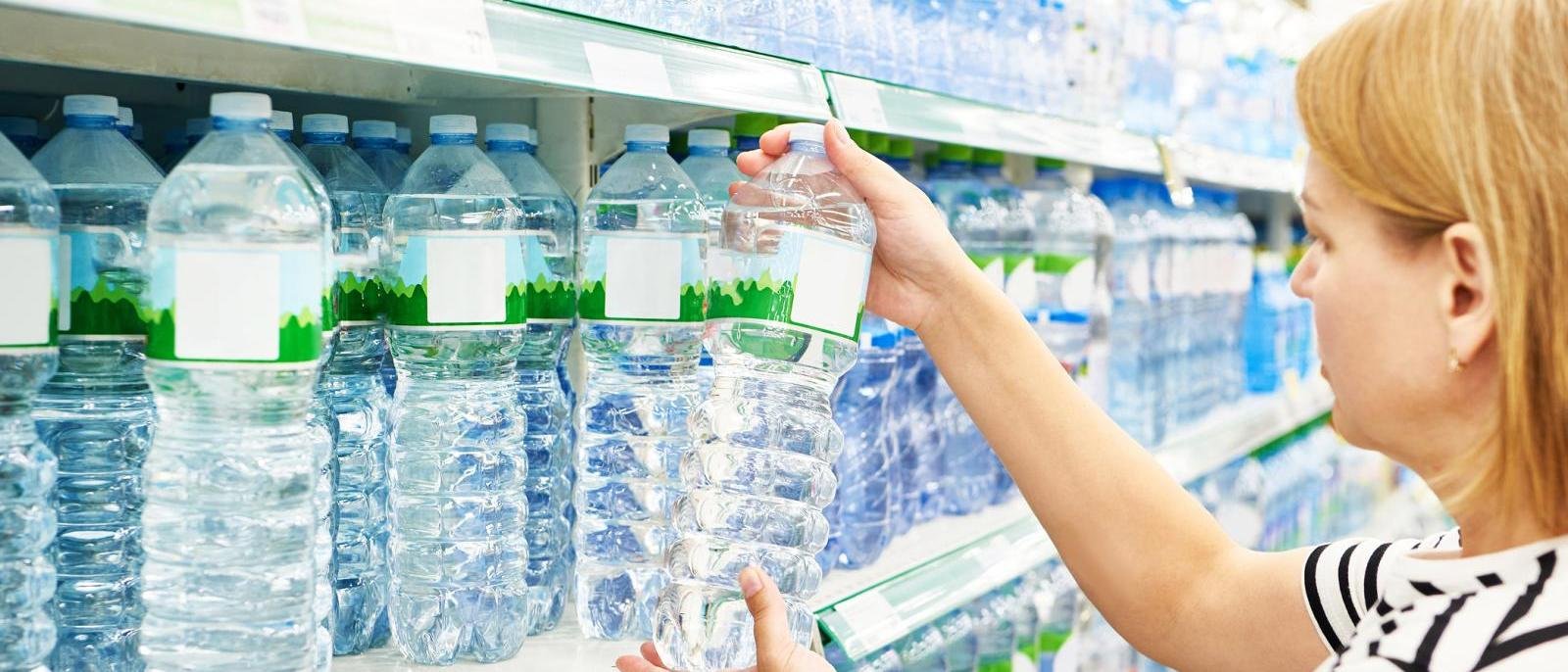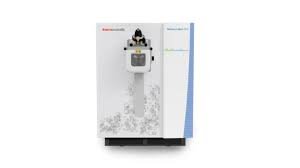Thursday, 13 November 2025
Bottled water contains hundreds of thousands of nanoplastics: Columbia University
A New Microscopic Technique Zeroes in on the poorly explored World of nanoplastics, which can pass into blood, cells and your brain A recent study conducted by scientists from Columbia…

A New Microscopic Technique Zeroes in on the poorly explored World of nanoplastics, which can pass into blood, cells and your brain
A recent study conducted by scientists from Columbia University has found that a litre of bottled water contains an average of around 240,000 detectable plastic fragments. This is 10-100 times more than previously estimated and can pose health risks by infiltrating organs and the bloodstream. Nanoplastics are characterised by their extremely small size, which allows them to bypass the intestines and lungs, enter the bloodstream, and reach organs such as the heart and brain, potentially impacting the bodies of unborn babies.
The study used stimulated Raman scattering microscopy, a technique that involves using two simultaneous lasers to make specific molecules resonate. The researchers targeted seven common plastics and developed a data-driven algorithm to interpret the findings. They tested three undisclosed popular US bottled water brands for plastic particles as small as 100 nanometers. Each litre contained between 110,000 to 370,000 plastic fragments, with 90 per cent being nanoplastics and the remainder microplastics.
The researchers identified seven specific types of plastics and documented their shapes, potentially offering valuable insights for biomedical research. Polyethylene terephthalate (PET) was prevalent among the identified plastics, which are commonly used in water bottles. The study suggested that PET may enter the water when bottles are squeezed or exposed to heat, with cap handling contributing to particle release.
Polyamide, a type of nylon, surpassed PET in prevalence, which was attributed to the plastic filters used in the water purification process before bottling. The researchers also discovered other common plastics like polystyrene, polyvinyl chloride, and polymethyl methacrylate, which find applications in various industrial processes.
The study highlighted that only 10 per cent of the nanoparticles in their samples came from the seven plastic types they searched for. The remaining 90 per cent remained unidentified, leaving the possibility of tens of millions of unknown nanoplastics per litre. The researchers believe that this study opens a window for further investigation into the health risks posed by nanoplastics in drinking water.
Technology
Tetra Pak opens Product Development Centre in France
Nov 13, 2025 | Company News
MENU ORDER AI to launch app aimed at GLP-1 users and health-conscious diners
Nov 10, 2025 | Company News
Harnessing Quantum AI for Greener Minds and Healthier Futures
Nov 10, 2025 | Interaction
Food Testing
Intertek acquires Costa Rican testing business Suplilab
Nov 07, 2025 | Company News
Thermo Fisher Scientific launches Orbitrap mass detector for food safety testing
Oct 24, 2025 | Company News
ADM advances quality capabilities with opening of new Central Milling Laboratory
Oct 16, 2025 | Company News
More Popular
Syren Spreads launches spoonable adaptogenic beauty chocolate
Nov 13, 2025 | Company News
Gunpowder Irish Gin expands with new Italian Fig & Laurel Expression
Nov 13, 2025 | Beverages
8 winter foods that transform your skin by healing your gut first
Nov 13, 2025 | Beverages






